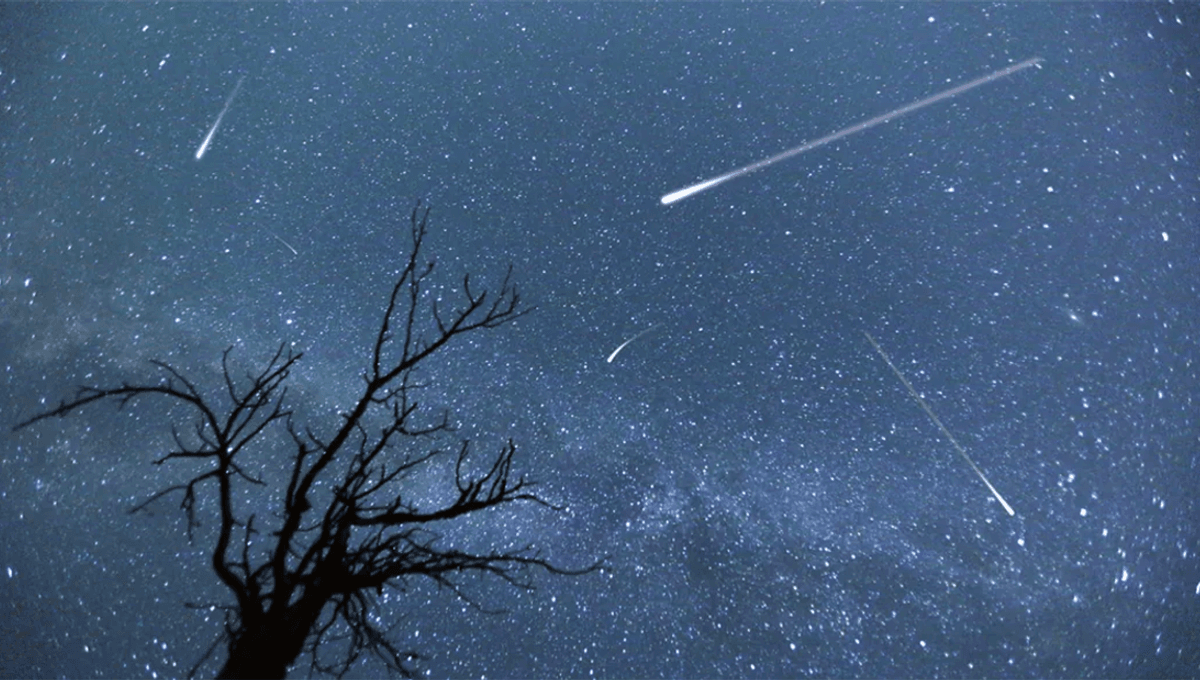
We hope you’ve been looking up at the sky lately, as December 13 and 14 sees the peak of the Geminid meteor shower, one of the strongest (and prettiest) meteor showers this year.
Objects burn with different colors depending on their chemical composition as they fall through the atmosphere.
“Most meteors appear to be colorless or white, however the Geminids appear with a greenish hue,” Bill Cooke, lead for the Meteoroid Environment Office at NASA’s Marshall Space Flight Center said in a NASA statement. “They’re pretty meteors!”
The green hue comes from the oxygen, magnesium, and nickel content, according to NASA. People have been sharing their own views of the meteor shower, from what we now realize is a mundane angle of “below”.
European Space Agency (ESA) astronaut Andreas Mogensen, meanwhile, has captured a meteor entering Earth’s atmosphere from above.
“A few weeks ago I was lucky enough to capture a shooting star on video. It was over in the blink of an eye, so the second part of the video shows it slowed down,” Mogensen wrote on X (Twitter). “The path of the meteor is straight, but it does look wonky, due to my hand movement and the camera trying to compensate for it.”
“Speaking of shooting stars, the next couple of nights is the peak of the Geminids, which could give up to 120 shooting stars an hour,” Mogensen added, continuing our own pleas for you to get outside and look up.
“As the name suggests, the meteor shower has is origin in the Gemini constellation, which will rise in the evening from the East in most of Europe. If you have trouble spotting the constellation, you can always look straight up as the shooting stars often cross the skies above us. Who knows, you might get a wish come true.”
There’s still time to see it as the shower lasts from November 19 to December 24, but the best remaining views should be tonight.
Source Link: Look Down! Astronaut Captures Asteroid Hitting Earth's Atmosphere From Above